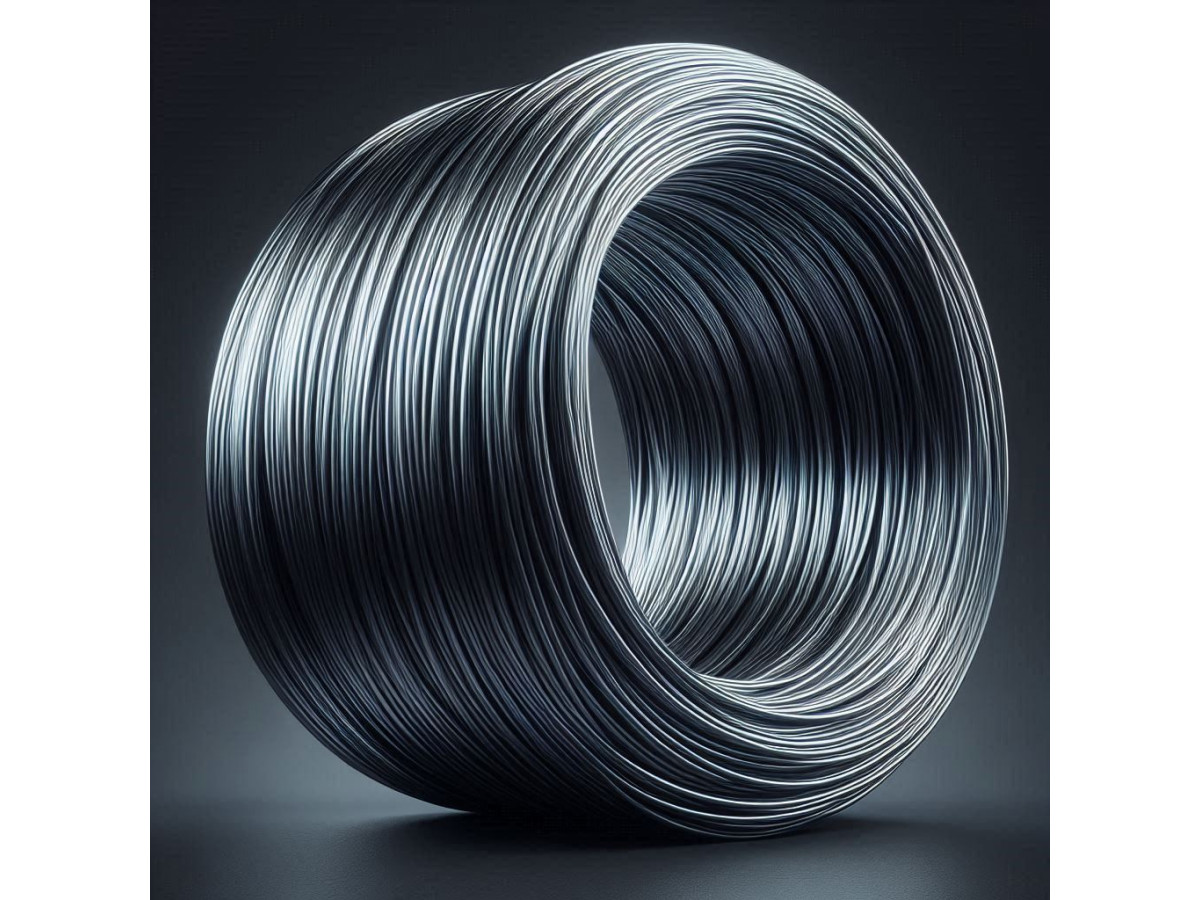Due to a number of valuable properties, stainless steel wire is widely used for increased demands on the final result. Its scope of application is directly related to its inherent advantages and can be demonstrated by several representative examples:
- Electric arc and gas welding of parts made of structural steel and stainless steel.
- Manufacturing of measuring probes, electrodes, laboratory and medical instruments.
- Production of furniture fittings and decorative elements.
Absolute resistance to corrosion and chemically active substances allows use in the food industry.
Comparison of stainless wire with analogs from other materials
The final success of commercial activities of both the largest companies and individual private economic entities largely depends on the correct choice of source material for construction work, installation operations of varying complexity and the creation of parts for machines, units and all kinds of simple devices. In some cases, the advantages of stainless wire are not enough to solve problems of increased complexity, in others it is quite enough to do without them and save a lot of money by replacing them with cheaper analogs. To confidently calculate the balance between the benefits received, and the price paid for them, knowledge about the characteristics of competing materials and the necessary and sufficient conditions for solving the problem is required. A brief comparative analysis will help not only to learn some useful information, but also to better navigate promising directions for finding optimal solutions.
Non-ferrous metals and alloys
In some industries, such as energy and electrical engineering, it is simply impossible to do without relatively expensive metals. For example, it is certainly possible to build an overhead power line from stainless steel that is cheaper than copper and aluminum, but the cost of covering electricity losses for heating the environment due to higher resistivity passable electric current will be many times greater than the savings on the purchase of raw materials. On the contrary, nichrome wire, although it consists of the same nickel and chromium, which are introduced in large percentages into stainless steel for the purpose of alloying steel, due to the absence of iron it has even lower electrical conductivity and greater heat resistance, which makes it indispensable when creating a heating element for the purpose of deliberately converting electrical energy into heat. Although these examples will not reveal any secret to many, they clearly demonstrate situations where the same phenomenon is beneficial in one case and harmful in another. This helps to understand that the concept of “advantage” is not absolute, but rather relative to specific goals and objectives!
Galvanization
In conditions of unimpeded access of moist air to the iron, corrosion occurs, not only polluting the surface is layered with rust, but also gradually affects deeper and deeper layers of metal, which is why, in the end, the strength characteristics become below acceptable standards. Protecting steel by applying a thin layer of zinc is much cheaper than alloying it with expensive additives during the smelting process. It turns out to be insufficient for aggressive environments, but fencing structures placed outdoors made from materials based on galvanized wire serve reliably for decades, thereby proving that there are reasonable limits on the costs of funds allocated to ensure reliability and long-term operation.
Structural and carbon steel without protective coating
When there are no increased requirements for environmental friendliness, appearance, or the creation of an external protective sheath is envisaged, inexpensive steel wire turns out to be the optimal starting material for many purposes. A large amount of it is spent on a variety of objects:
- construction sites for binding reinforcement frames of foundations and monolithic walls poured with concrete;
- warehouses for tying packaging containers stacked in lumber stacks;
- in workshops producing nails, hardware, fastening devices in factories;
- in workshops involved in the repair of various machinery and equipment.
With a thoughtful approach to the selection of consumables and low responsibility for decisions made, even ordinary home craftsmen without technical education will be able to successfully complete the tasks at a minimum cost.

